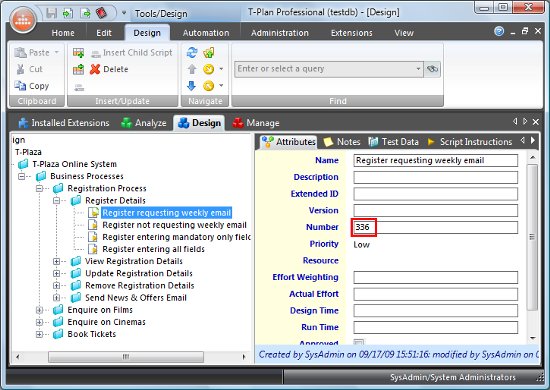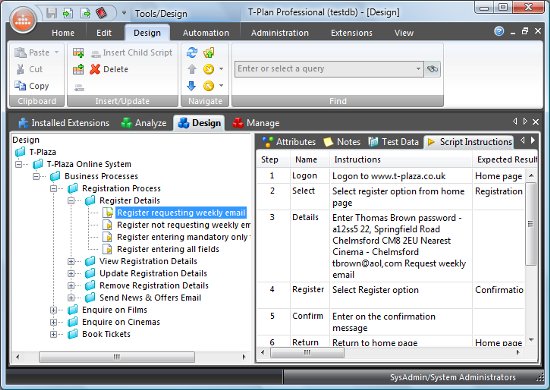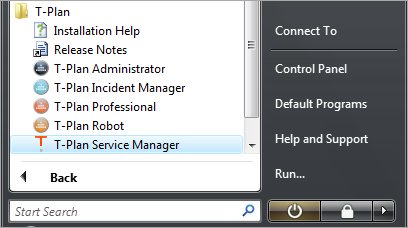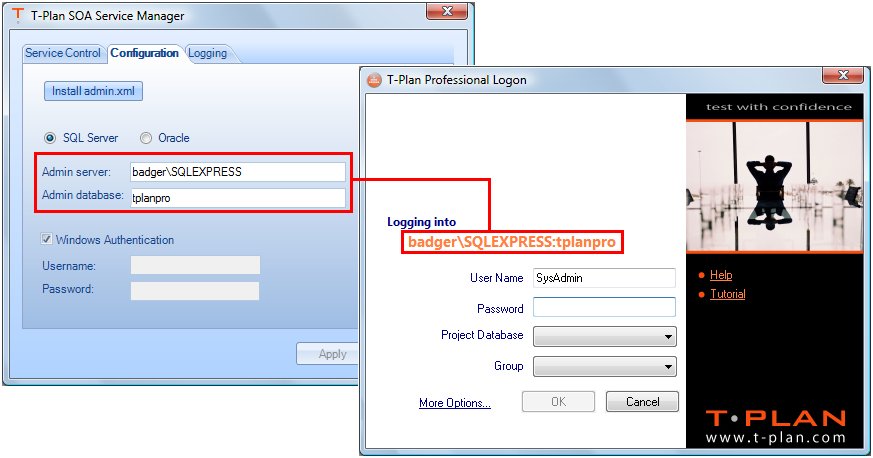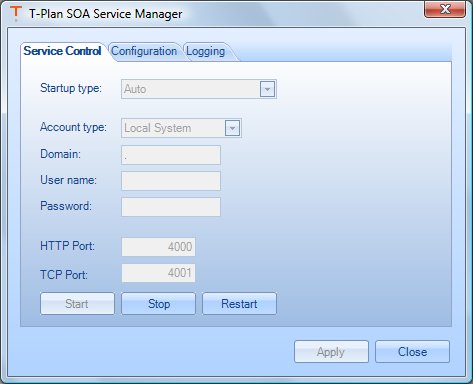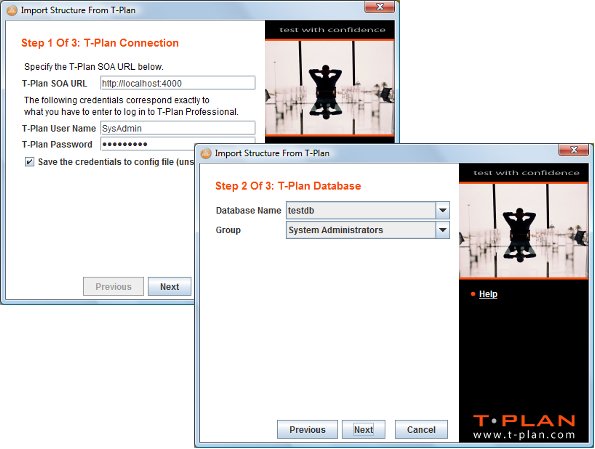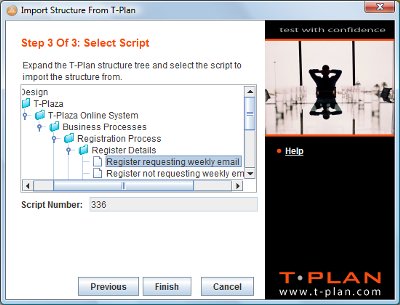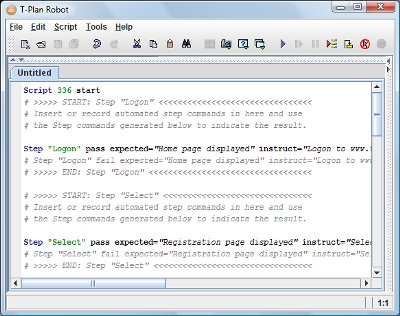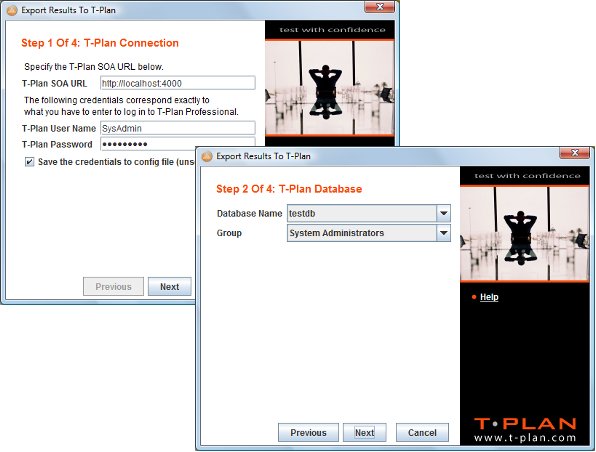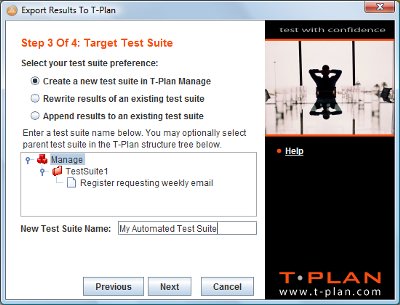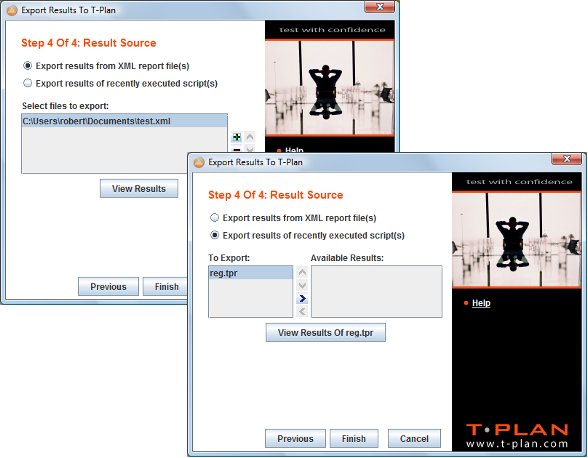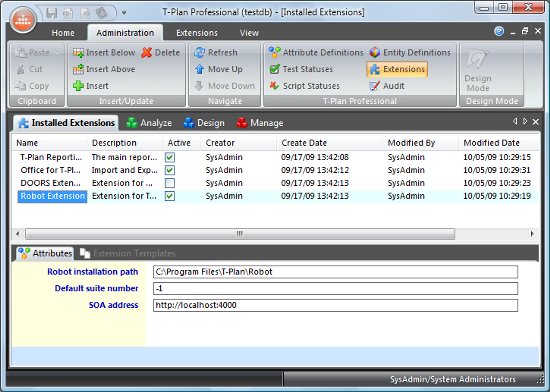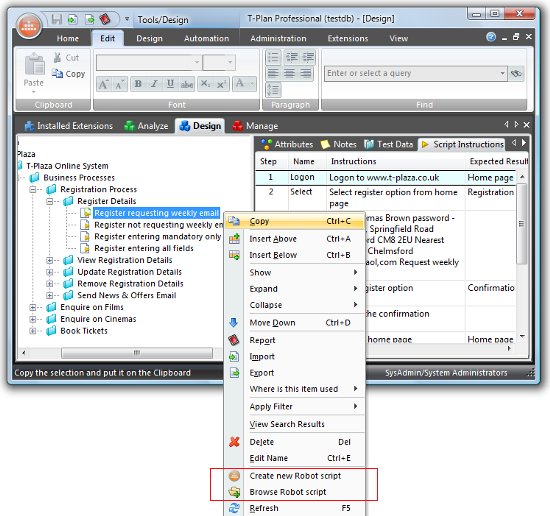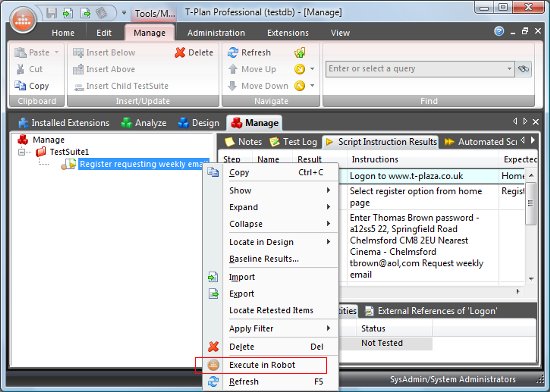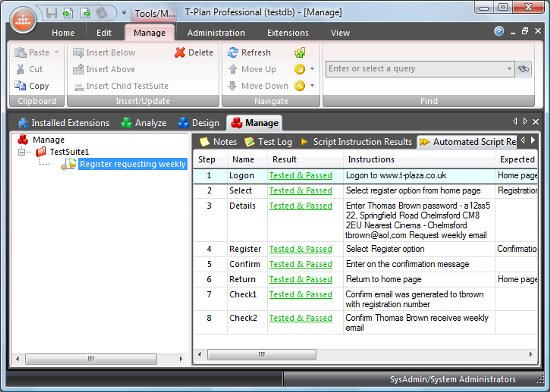#
Connect
to
the
test
environment
Connect rfb://mytestserver:5900
password=welcome
# Define script mapping
Script 336 start
# Windows+R opens the Run window on Windows
Press Windows+R wait=3s
# Type the HTTP link and press Enter to open the T-Plaza site in the
default web browser
Typeline http://www.t-plaza.co.uk
# Wait no longer than 30 seconds until the screen contains the T-Plaza
logo image
Waitfor match template=tplaza_logo.png method=search timeout=30s
# If the Waitfor exit code is 0, the logo was found and the step passed
if ({_EXIT_CODE} == 0) {
Step "Logon" pass expected="Home page displayed" instruct="Logon to www.t-plaza.co.uk"
} else {
# The logo was not found -> record the failed step and
terminate the script
Step "Logon" fail expected="Home page displayed" instruct="Logon to www.t-plaza.co.uk" actual="Web site failed to open"
Exit 1
}
# TODO: automate other steps here
# Define script end
Script 336 end |


